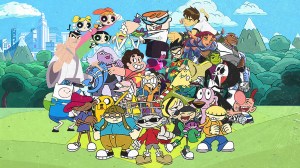Video game sequels can be hit or miss. As much as gamers love to see follow-ups to beloved games, not every new entry in a series sticks the landing. But usually, sequels tend to stick to the same basic genre and gameplay as their predecessors. Usually, but not always. Sometimes, a franchise gets a full rework when a new installment comes around.
Videos by ComicBook.com
The games on this list are all technically sequels and new installments in the same franchise. And yet, each one redefined or mixed up its original IP. Each one shifted the direction of its series, taking fans by surprise.
5. World of Warcraft
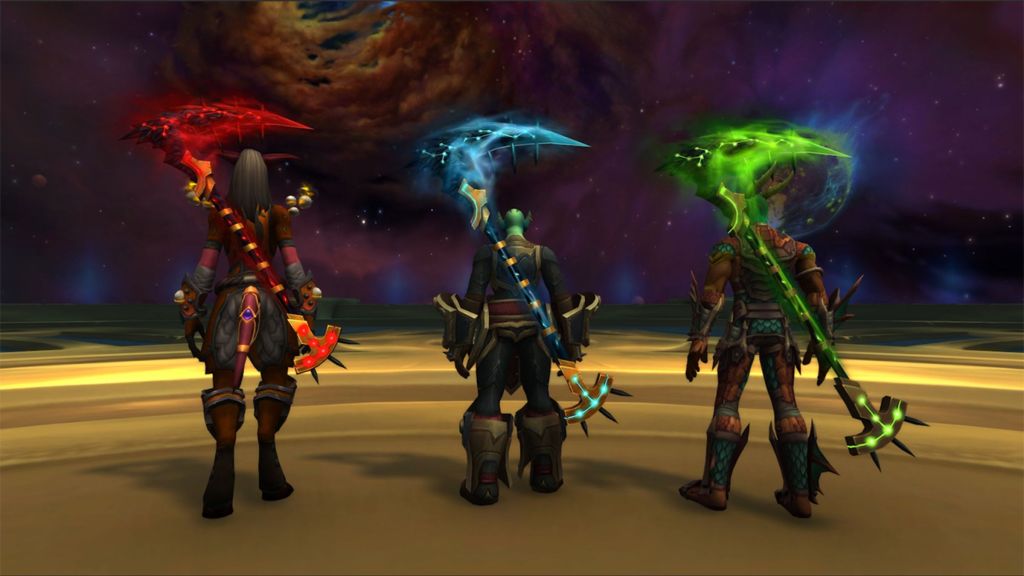
It’s strange to think of it now, but World of Warcraft really mixed up the formula compared to prior entries in the Warcraft series. The previous games, starting with 1994’s Warcraft: Orcs & Humans, were all Real-Time Strategy (RTS) games. While set in the same world of Azeroth, these prior Warcraft titles had players working through base building and army deployment to destroy their enemies. And then, there’s World of Warcraft. It was technically the fourth installment in the Warcraft franchise, but it fully changed the game.
WoW completely switched genres from the prior Warcraft games, moving from RTS to the MMORPG we all know and love today. Although the lore carried over, this game is a much more open-ended way to explore Azeroth compared with the prior games. Clearly, the genre switch paid off here, as WoW is still going strong all these years later.
4. The Legend of Zelda: Breath of the Wild
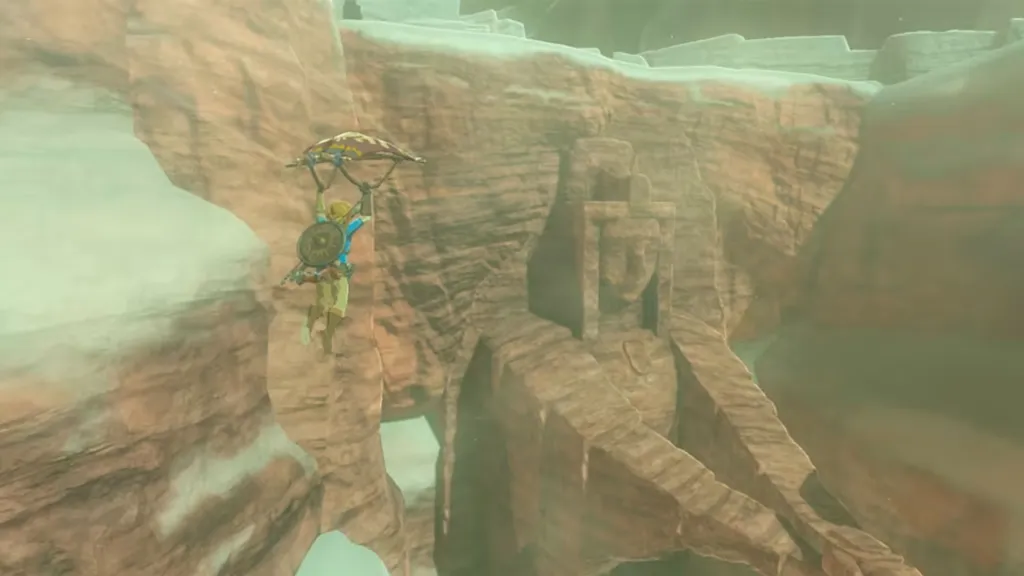
I still remember being surprised the first time I heard someone call Breath of the Wild a cozy game. My childhood memories of playing The Legend of Zelda are filled with controller-chucking rage at being lost in the midst of a dungeon puzzle I couldn’t solve. And yet, Breath of the Wild managed to build on the Legend of Zelda IP while dramatically changing the flow of gameplay, bringing the already popular series to new heights.
In previous games, players had to progress through dungeons in the right order, finding the single solution to each problem presented. By contrast, the open-world, open-ended style of Breath of the Wild marks a major shift in genre. It turns the game into more of an exploration adventure game, rather than a linear puzzle game like the previous titles. With Tears of the Kingdom following a similar style, it seems this game might have marked a permanent shift in the Legend of Zelda style moving forward.
3. Metroid Prime
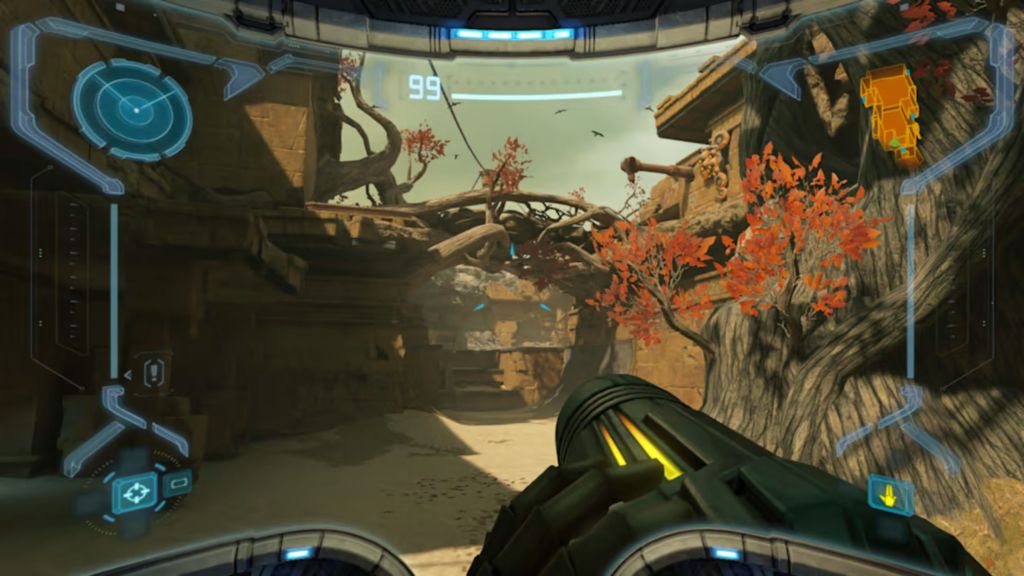
Metroid Prime is the fifth installment in the Metroid series. The game released in 2002 for the GameCube, arriving the same year as the Game Boy Advance title Metroid Fusion. However, as the first 3D game in the series, Metroid Prime broke the mold. But it wasn’t just the shift from 2D to 3D that changed things up.
The early arcade-style Metroid games were 2D, side-scrolling platformers. By contrast, the fifth installment in Samus’ series brought in a first-person perspective. While still using some platforming elements, the game leans more into an action-adventure genre rather than the platforming-forward style that defined the early games. This shift is particularly interesting given that the original Metroid games helped name the entire “Metroidvania” genre, only to leave that style behind.
2. Jak 2
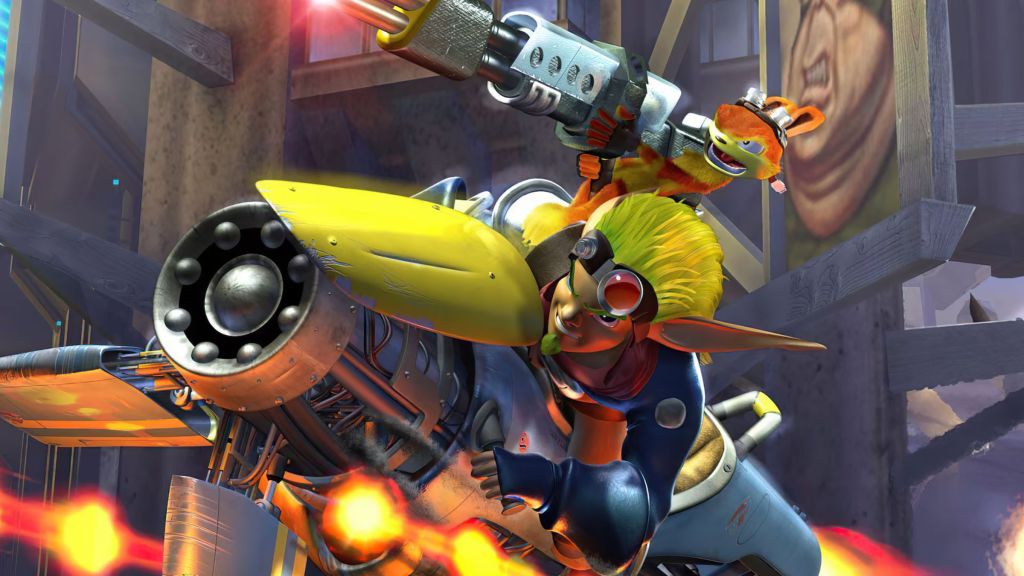
The original Jak and Daxter game was a pretty straightforward platformer, giving shades of early Mario games. Jak didn’t talk as players controlled him, navigating various levels to collect items and curse his cursed friend. By contrast, Jak 2 was something of a mystery to players, switching up the tone and overall experience in a major way.
Not only is Jak 2 darker in tone, it also switches up the platformer focus for a shooter-style open world. Also, Jak has learned to talk, and he’s got quite an attitude. Though technically using the same characters and being a follow-up to the original, Jak 2 dramatically shifts genres and styles. Even the game’s description knows it, as it begins with “Jak is back in another action-packed adventure, but he’s not the same.”
1. Fallout 3

For many gamers, no sequel marks quite as big a shift in a franchise as Fallout 3. The third installment in the Fallout franchise turned the series into what it is today. Fallout and Fallout 2 both used an isometric style, offering a fixed perspective. The games were also turn-based. And then, Fallout 3 left it all behind.
Fallout 3 introduced real-time, first-person gameplay to the franchise. Not only that, but it delivered more open-ended, RPG-style gameplay compared with the more classic, CRPG style of the prior games. This marked a shift that would define future entries in the Fallout series.




